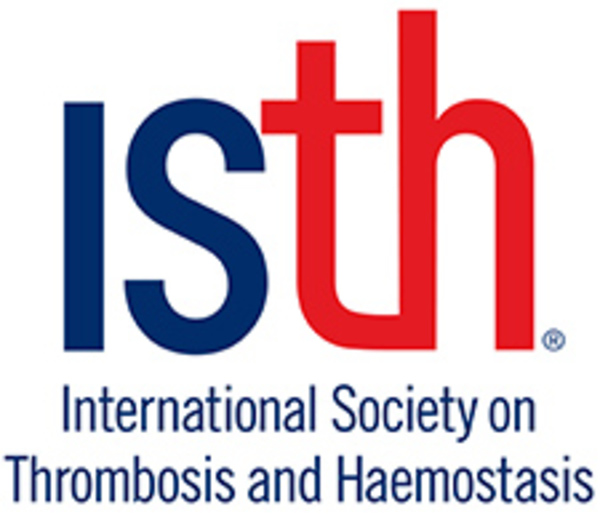 |
CHAPEL HILL, N.C., Oct. 13, 2023 /PRNewswire/ -- Today is World Thrombosis Day, a global effort by the International Society on Thrombosis and Haemostasis (ISTH) to spread awareness of the signs, symptoms and risk factors of thrombosis, commonly known as blood clots.
World Thrombosis Day engages 5,000 partner organizations from 120 countries to advance understanding of the treatment and prevention of blood clots. For its 10th anniversary year, the campaign encourages people to Move Against Thrombosis with simple movements to increase blood flow.
Thrombosis can develop in, or travel to, blood vessels throughout the body, often causing symptoms that can be mistaken for other conditions. The most common signs of a blood clot in the leg, or deep vein thrombosis (DVT), can include tenderness in the calf, swelling of the ankle or foot, redness and/or warmth in the area. Signs of a blood clot in the lungs, or pulmonary embolism (PE), can include unexplained shortness of breath, rapid breathing, chest pain, rapid heart rate and/or light-headedness.
"One of the reasons that thrombosis ends up as the cause of death for one in four people worldwide is that many of its symptoms are synonymous with other common conditions," advised Lana Castellucci, M.D., chair of the World Thrombosis Day Steering Committee. "When a person experiences a leg cramp, for example, it is unlikely that they will seek a blood clot screening, and unfortunately, that can result in the condition becoming fatal. We are working to educate the public on the signs and symptoms of this prevalent condition to ensure proper medical care is sought before it's too late."
Certain risk factors can increase the likelihood of developing blood clots, specifically:
Regularly exercising and maintaining a healthy weight is important for people with these risk factors. Incorporating movement in blood clot prevention inspired World Thrombosis Day's Move Against Thrombosis theme.
To learn more, visit www.worldthrombosisday.org.
Logo - https://mma.prnasia.com/media2/454627/ISTH_Logo.jpg?p=medium600